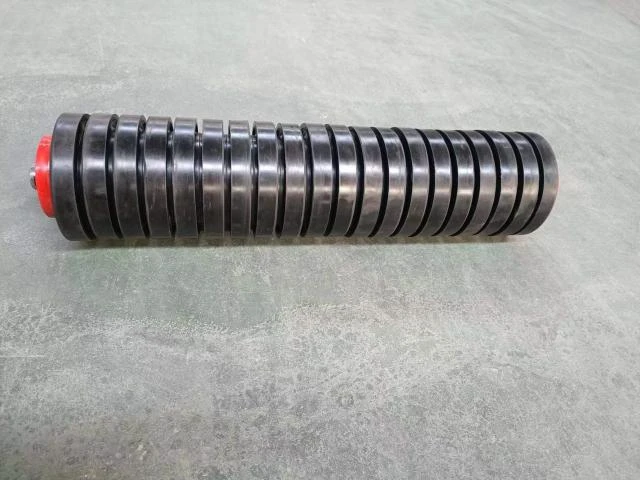 Afrikaans
Afrikaans  Albanian
Albanian  Amharic
Amharic  Arabic
Arabic  Armenian
Armenian  Azerbaijani
Azerbaijani  Basque
Basque  Belarusian
Belarusian  Bengali
Bengali  Bosnian
Bosnian  Bulgarian
Bulgarian  Catalan
Catalan  Cebuano
Cebuano  Corsican
Corsican  Croatian
Croatian  Czech
Czech  Danish
Danish  Dutch
Dutch  English
English  Esperanto
Esperanto  Estonian
Estonian  Finnish
Finnish  French
French  Frisian
Frisian  Galician
Galician  Georgian
Georgian  German
German  Greek
Greek  Gujarati
Gujarati  Haitian Creole
Haitian Creole  hausa
hausa  hawaiian
hawaiian  Hebrew
Hebrew  Hindi
Hindi  Miao
Miao  Hungarian
Hungarian  Icelandic
Icelandic  igbo
igbo  Indonesian
Indonesian  irish
irish  Italian
Italian  Japanese
Japanese  Javanese
Javanese  Kannada
Kannada  kazakh
kazakh  Khmer
Khmer  Rwandese
Rwandese  Korean
Korean  Kurdish
Kurdish  Kyrgyz
Kyrgyz  Lao
Lao  Latin
Latin  Latvian
Latvian  Lithuanian
Lithuanian  Luxembourgish
Luxembourgish  Macedonian
Macedonian  Malgashi
Malgashi  Malay
Malay  Malayalam
Malayalam  Maltese
Maltese  Maori
Maori  Marathi
Marathi  Mongolian
Mongolian  Myanmar
Myanmar  Nepali
Nepali  Norwegian
Norwegian  Norwegian
Norwegian  Occitan
Occitan  Pashto
Pashto  Persian
Persian  Polish
Polish  Portuguese
Portuguese  Punjabi
Punjabi  Romanian
Romanian  Russian
Russian  Samoan
Samoan  Scottish Gaelic
Scottish Gaelic  Serbian
Serbian  Sesotho
Sesotho  Shona
Shona  Sindhi
Sindhi  Sinhala
Sinhala  Slovak
Slovak  Slovenian
Slovenian  Somali
Somali  Spanish
Spanish  Sundanese
Sundanese  Swahili
Swahili  Swedish
Swedish  Tagalog
Tagalog  Tajik
Tajik  Tamil
Tamil  Tatar
Tatar  Telugu
Telugu  Thai
Thai  Turkish
Turkish  Turkmen
Turkmen  Ukrainian
Ukrainian  Urdu
Urdu  Uighur
Uighur  Uzbek
Uzbek  Vietnamese
Vietnamese  Welsh
Welsh  Bantu
Bantu  Yiddish
Yiddish  Yoruba
Yoruba  Zulu
Zulu belt conveyor roller types
Understanding Belt Conveyor Roller Types
Belt conveyor systems are essential components in various industries for transporting materials efficiently. One of the critical elements that influence the performance and longevity of these systems is the conveyor roller. Understanding the different types of belt conveyor rollers is crucial for selecting the right components to maximize efficiency and minimize operational issues. This article will delve into the various types of conveyor rollers, their applications, and their significance in the overall functionality of belt conveyor systems.
1. Standard Rollers
Standard rollers are the most commonly used type in belt conveyor systems. They typically have a cylindrical shape and are designed to support the conveyor belt and the materials being transported. Made from materials like steel or plastic, standard rollers can vary in diameter and length depending on the specifications of the conveyor system. These rollers are suitable for a wide range of applications, from light-duty to heavy-duty settings. Generally, they are equipped with bearings to ensure smooth rotation and reduce friction.
2. Impact Rollers
Impact rollers are specially designed to handle heavy loads and absorb the shock generated during material loading. These rollers are typically placed at loading zones or transfer points where materials fall onto the conveyor. Their construction often features a rubber or urethane coating that provides additional cushioning, reducing wear and tear on both the roller and the conveyor belt. Utilizing impact rollers can significantly extend the lifespan of the conveyor system by minimizing damage caused by falling materials.
As the name suggests, return rollers are located on the underside of the conveyor belt. Their primary function is to support the weight of the empty belt as it returns to the loading area. Similar to standard rollers, return rollers can come in various sizes and materials. They play a vital role in ensuring that the conveyor belt maintains its alignment and does not sag, which can cause operational disruptions. Regular inspection and maintenance of return rollers are essential to ensure proper belt tracking and reduce the risk of misalignment.
belt conveyor roller types

4. Belt Support Rollers
Belt support rollers, or troughing rollers, are designed to cradle the conveyor belt, providing support while maintaining belt shape during material transport. They can be adjusted to different angles, typically ranging from 20 to 45 degrees, depending on the load's design requirements. The configuration of belt support rollers helps in increasing the material holding capacity of the belt, preventing spillage, and enhancing the overall efficiency of material transportation. Troughing rollers are widely used in bulk material handling applications, including mining, agriculture, and manufacturing.
5. Self-Cleaning Rollers
Self-cleaning rollers, also known as cleaner rollers, are designed to prevent material buildup on the conveyor system. They feature an angled shape or ribbed surface that assists in automatically shedding any materials that may adhere to the roller surface. This type of roller is especially useful in environments where sticky or wet materials are processed. By minimizing material buildup, self-cleaning rollers help reduce maintenance costs and improve the system’s overall efficiency.
6. Special Purpose Rollers
In addition to the standard types, several specialized rollers cater to unique application requirements. These may include rollers designed for specific environmental conditions, such as corrosion-resistant rollers for wet or corrosive atmospheres, and rollers optimized for high-temperature applications. Understanding the specific needs of your operation is vital in selecting the right type of special-purpose rollers.
Conclusion
Understanding the different types of belt conveyor rollers is essential for optimizing the performance of your conveyor system. Each roller type has distinct features and applications, ensuring that the conveyor can efficiently handle various materials under different conditions. Proper selection, installation, and maintenance of these rollers not only enhance operational efficiency but also contribute to the longevity and reliability of the conveyor system. Investing time in understanding conveyor roller types will lead to improved performance and reduced downtime in any material handling operation.
-
Trusted Conveyor Solutions from Leading Conveyor Idler Roller ManufacturersNewsJun.27,2025
-
Reliable Return Idler Solutions for Efficient Belt Conveyor SystemsNewsJun.27,2025
-
Precision Conveyor Accessories for Streamlined Material HandlingNewsJun.27,2025
-
High-Quality Belt Conveyor Idler Solutions for Efficient Material HandlingNewsJun.27,2025
-
High-Performance Belt Conveyor Pulleys for Reliable Material HandlingNewsJun.27,2025
-
Enhancing Material Handling EfficiencyNewsJun.27,2025





























